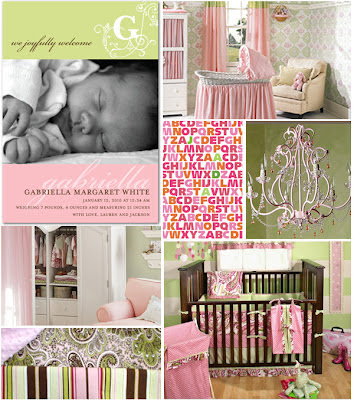To begin with, the gender of a baby will may influence the color scheme used in the room and this will not be something that will be able to be determined right away so either neutral colors should be used or the painting of the walls and purchasing of the accessories should be prolonged. Keep in mind not to wait too long if it is your intention to paint the room. You will want to be sure to allow any noxious fumes time to disperse before bringing baby home and actually using the nursery. The safety of the child should be one of the main elements involved in the planning of interior design for nurseries. Keep this aspect in mind as you make every choice involved with your design.
Fortunately for the early birds, the traditional 'pink for girls and blue for boys' theme is not the happening thing in interior design for nurseries these days. Sure, pink is still associated with girls and blue is still normally in tune with boys design but the strict adherence to these rules is no longer the norm. A complimentary mixture of these colors is the basis of most contemporary designs. There is no reason to limit the possibilities of colors used in interior design for nurseries based on old traditions. Exposure to color in the nursery is your baby's first environmental experience and it has been confirmed by doctors and scientists alike that this exposure aids in your baby's development.
Stenciling is a method that has been and still is very popular in interior design for nurseries. Almost any of your neighborhood crafting stores should have a sizeable supply of stencil designs that you can easily use to create a ceiling-level or mid-level border around your baby's nursery. If you are feeling a little more ambitious, there are many more intricate nursery themed designs that you can purchase in stores or even online that will require a little more time but produce astonishingly impressive designs. If this is still too little work for you, then go all out and create your own stencil patterns by sketching them first onto mat board and then cutting them out with an Exacto knife.
Once your walls are complete, it is time to begin making decisions on the furniture for the room. If you have heirloom baby furniture, let me make a suggestion. Don't use it. Keep this furniture for display purposes and purchase new furniture. I make this suggestion for two reasons. First of all, baby furniture that was made prior to the 1960's did not have to adhere to any safety regulations. While your father's philosophy of 'they don't make 'em like this anymore' might apply to cars, it does not seem like excellent advice concerning children's furniture. Secondly, even if the furniture were safe, there is a good possibility that it will be damaged or broken during use. The best bet in any case would be to save these treasures to pass along to your child when they are older and to invest in a new set of furniture for use in your interior design for nurseries.
After the major choices of furniture that cater to the new arrival's needs have been made, it is important to remember to include a space for mom or dad to sit during those sleepless nights! Rather then purchasing another traditional yet impractical item for the nursery, try considering your alternatives to the long-backed, hard wooden rocker. A comfortable alternate choice might be a spacious, comfortable recliner. You will appreciate this advice at four o'clock one morning as you roll over and try to envision how you would feel sleeping in a rocker around then.
Accessories can make interior design for nurseries come together in a wonderful, and useable way. Never focus on the visual aspect of an accessory for a nursery before you consider its usefulness. You will find out soon that practical items such as diaper holders, changing tables, and so forth are much more appreciated then aesthetic items such as ceramics or stuffed animals. The purchase of stuffed animals brings forth another important safety issue. Be sure not to purchase items with small parts or pieces on them which the baby can choke on.

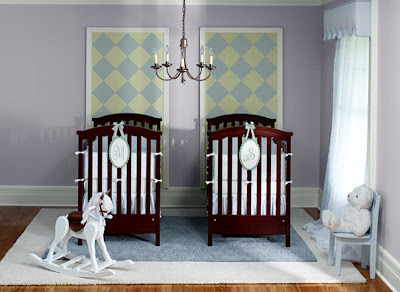

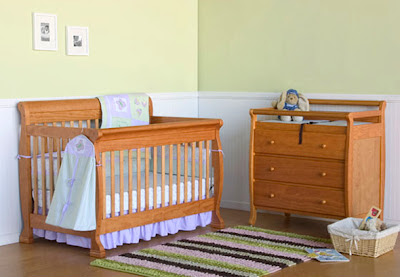
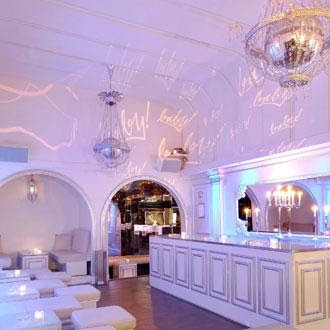
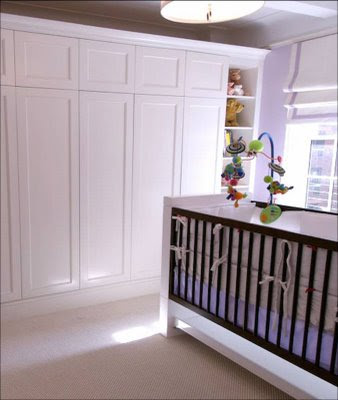
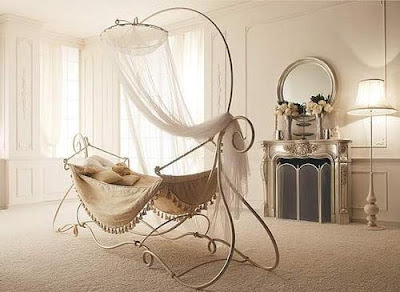
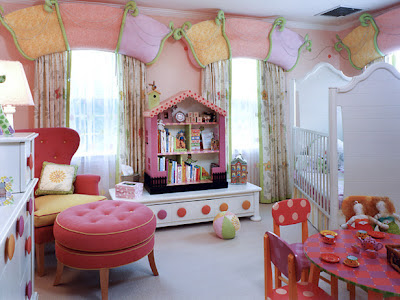

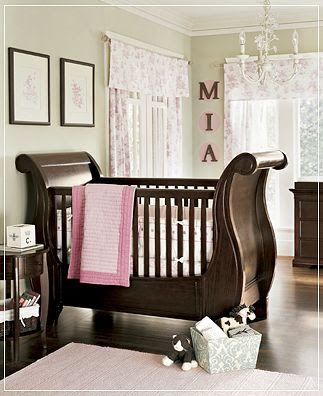
.jpg)
